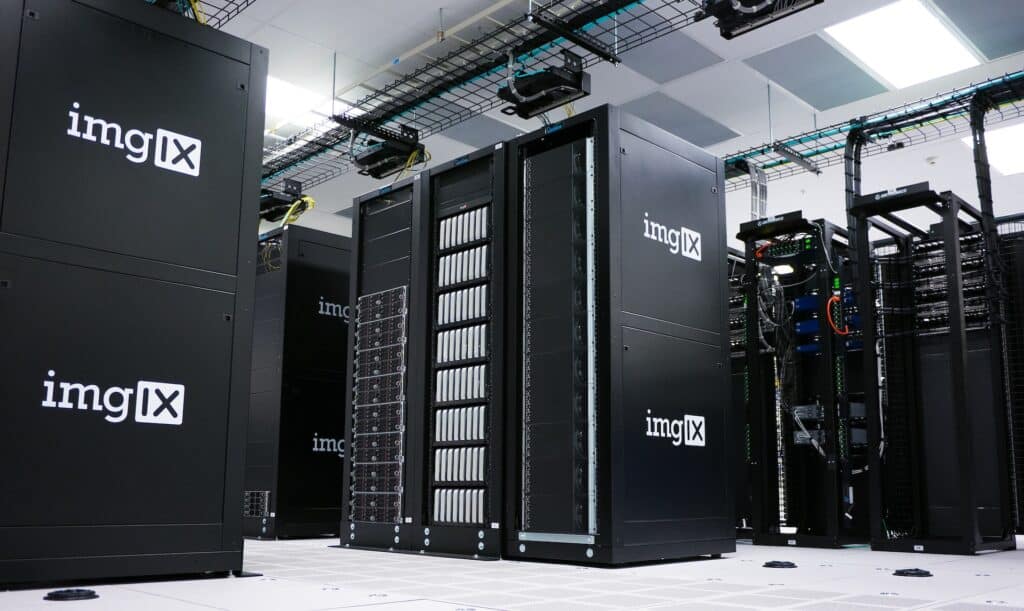Cloud storage has become an integral part of our personal and professional lives. It offers the convenience of accessing data from anywhere, at any time, and from any device. However, cloud security is critical, as breaches can lead to data loss, identity theft, and financial consequences.
One pivotal element in achieving cloud data security is Cloud Infrastructure Entitlement Management or CIEM, which serves as the guardian of an organization’s cloud environment to ensure permissions and privileges are appropriately assigned, monitored, and controlled. Below are a few other key tips to ensure you safeguard your data in the cloud:
Contents
1. Choose a Reputable Cloud Service Provider
Selecting the right cloud service provider is the first and most crucial step in ensuring the security of your data. Since not all cloud service providers are created equal, however, their security measures can vary significantly.
Consider looking for a provider that offers robust security features, such as encryption, access controls, and intrusion detection systems. Encryption is especially important, as it ensures that your data is scrambled and unreadable to unauthorized users.
Depending on your specific needs, ensure that the provider complies with industry-standard security certifications and regulations, such as ISO 27001, HIPAA, or GDPR. Apart from compliance, consider investigating the physical security of the provider’s data centers to ensure they have strict access controls, surveillance, and disaster recovery plans in place.
Checking if the provider offers data redundancy and backups is equally important to prevent data loss in case of hardware failures or other unforeseen events. Reviewing the provider’s privacy policies is crucial to ensure they have a transparent policy regarding data ownership and usage.
2. Implement strong access controls:
Implementing strong access control is crucial when it comes to securing your data in the cloud. A robust access control ensures that only authorized users have access to your data. Practices to implement strong access controls include:
- Using strong, unique passwords: Require users to create strong passwords that include a combination of letters, numbers, and special characters. Encourage the use of password managers to store and generate secure passwords.
- Enabling multi-factor authentication (MFA): MFA enhances protection by requiring users to provide two or more forms of authentication before gaining access. This often includes something they know (password) and something they have (a mobile device or authentication token).
- Assigning role-based access: Instead of granting broad access to all users, assign specific roles and permissions based on job responsibilities. This minimizes the risk of unauthorized access and limits potential damage in case of a breach.
- Regularly reviewing and updating access permissions: Periodically review user access permissions to ensure they align with current roles and responsibilities. Remove access for individuals who no longer require it.
3. Backup and Monitor your Data Regularly:
Data loss can happen due to various reasons, including accidental deletion, hardware failure, or cyberattacks. Backing up regularly and monitoring continuously is essential to ensuring the availability and security of your data.
Start with setting up automated backups of your data to ensure you can restore it in case of data loss or corruption. Cloud providers often offer backup services, but it’s also a good practice to maintain off-site backups for added redundancy.
Monitoring for unusual activity is equally essential. Consider implementing monitoring tools that can detect suspicious activities or unauthorized access in real-time. These tools can help you respond quickly to potential security incidents and mitigate risks.
Apart from monitoring for suspicious activities, consider conducting security audits and assessments. Regularly assessing your cloud security posture through security audits and vulnerability assessments helps identify and address security weaknesses proactively.
Endnote
Choosing a reputable provider, implementing strong access controls, and maintaining regular backups and monitoring can significantly enhance the security of your data or information in the cloud. Since maintaining cloud security is an ongoing process, it requires vigilance and adaptation to evolving threats. By following these tips, you can better protect your sensitive information and enjoy the benefits of cloud computing with confidence.

